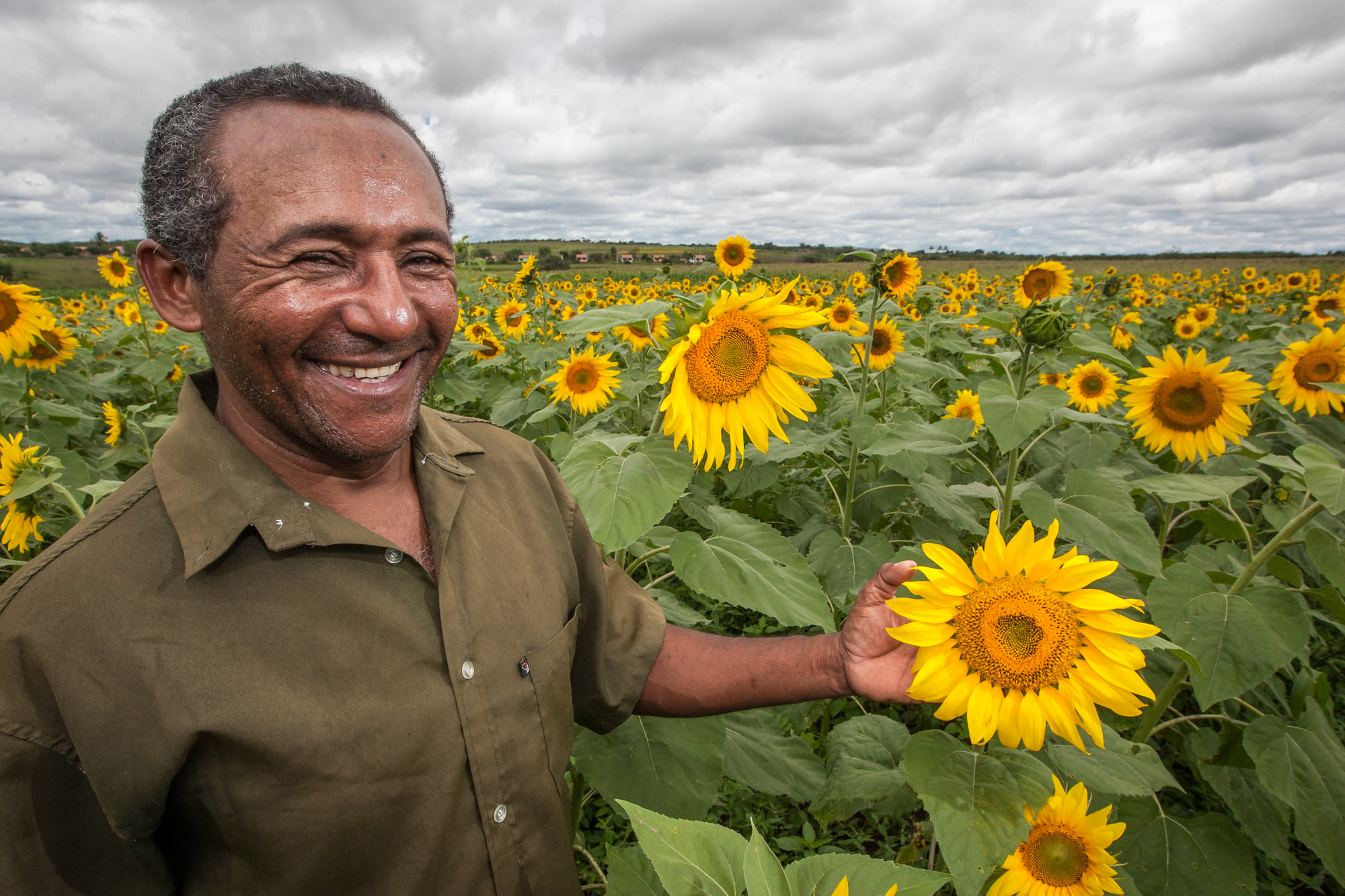Funds have been secured to apply the TEEBAgriFood Evaluation Framework in various contexts at the country level in Brazil, China, Colombia, Ethiopia, Ghana, India, Indonesia, Kenya, Malaysia, Mexico, Senegal, Tanzania and Thailand. Across Senegal, Tanzania, Ethiopia and Ghana, the application will feature a regional narrative with national case study examples on agricultural systems, practices, products, and policy scenarios, with the overall aim of contributing to the 2030 Agenda for Sustainable Development and a wide range of SDGs. In Brazil, China, India, Indonesia, Malaysia, Mexico, and Thailand, the application of the TEEBAgriFood Initiative aims to protect biodiversity and contribute to a more sustainable agriculture and food sector with a view to moving towards a level playing field by avoiding unfair competition through low environmental standards.
The foundations of the work plan will be based on an internationally agreed methodological framework, introduced in the G8+5 context by the EU, addressing the economics of ecosystems and biodiversity. It will bring together governments, business and other key stakeholders from civil society to implement activities aimed at influencing decisions and behaviours in participating countries. It will be the first time that the methodological framework developed by TEEB will be applied to an industrial sector (the agri-business sector) across the entire value chain of that sector, assessing scenarios with a view to promote change.
